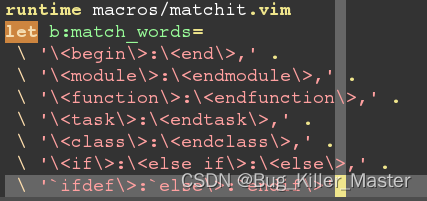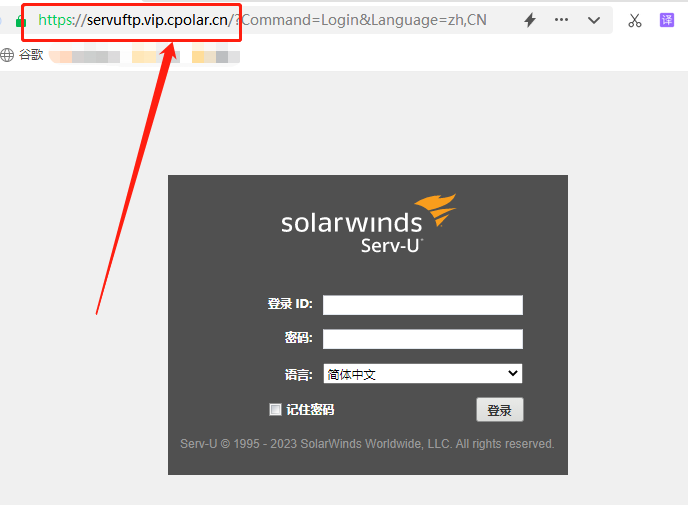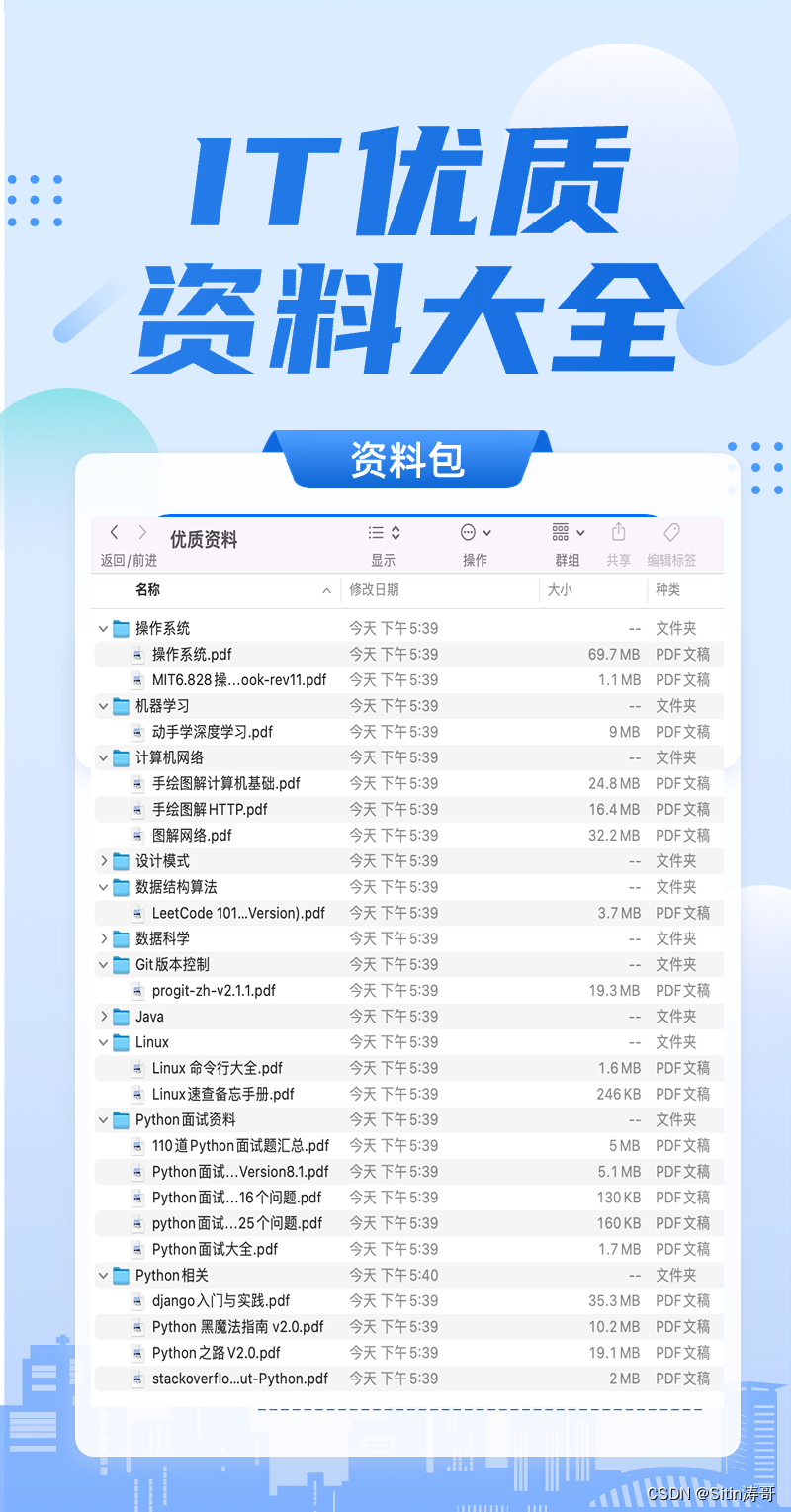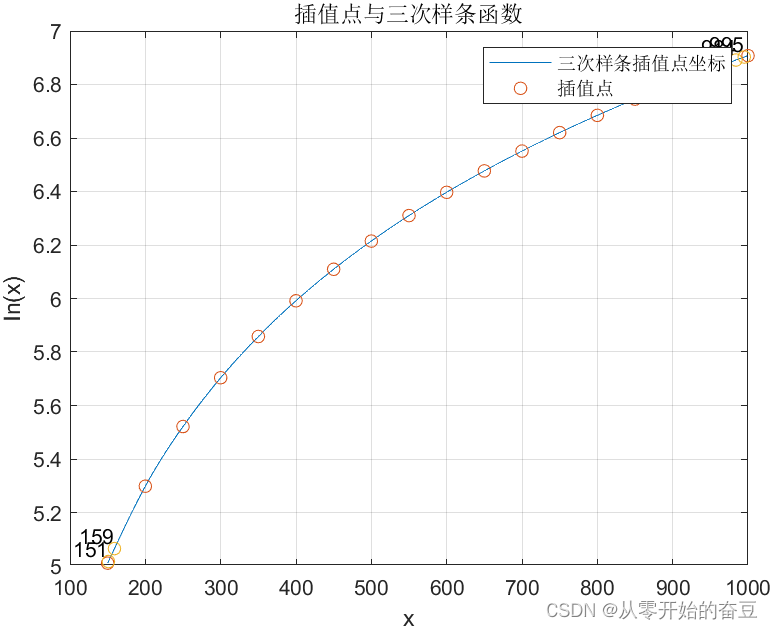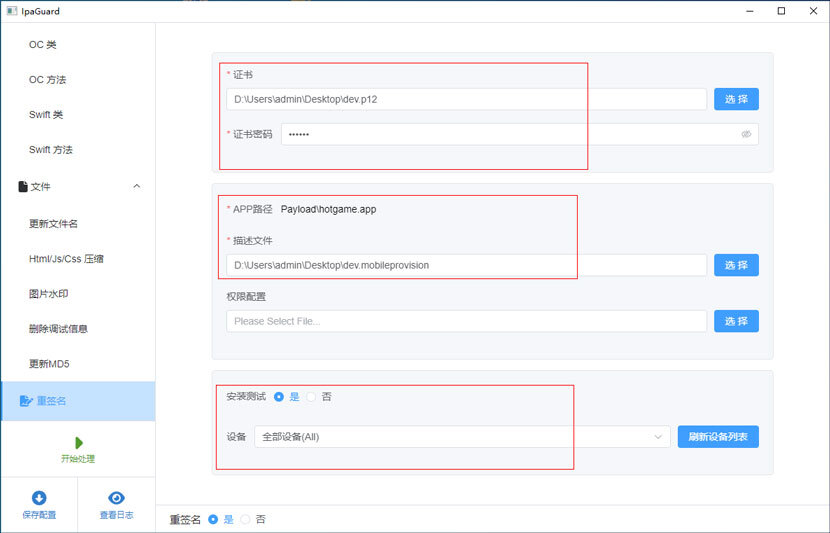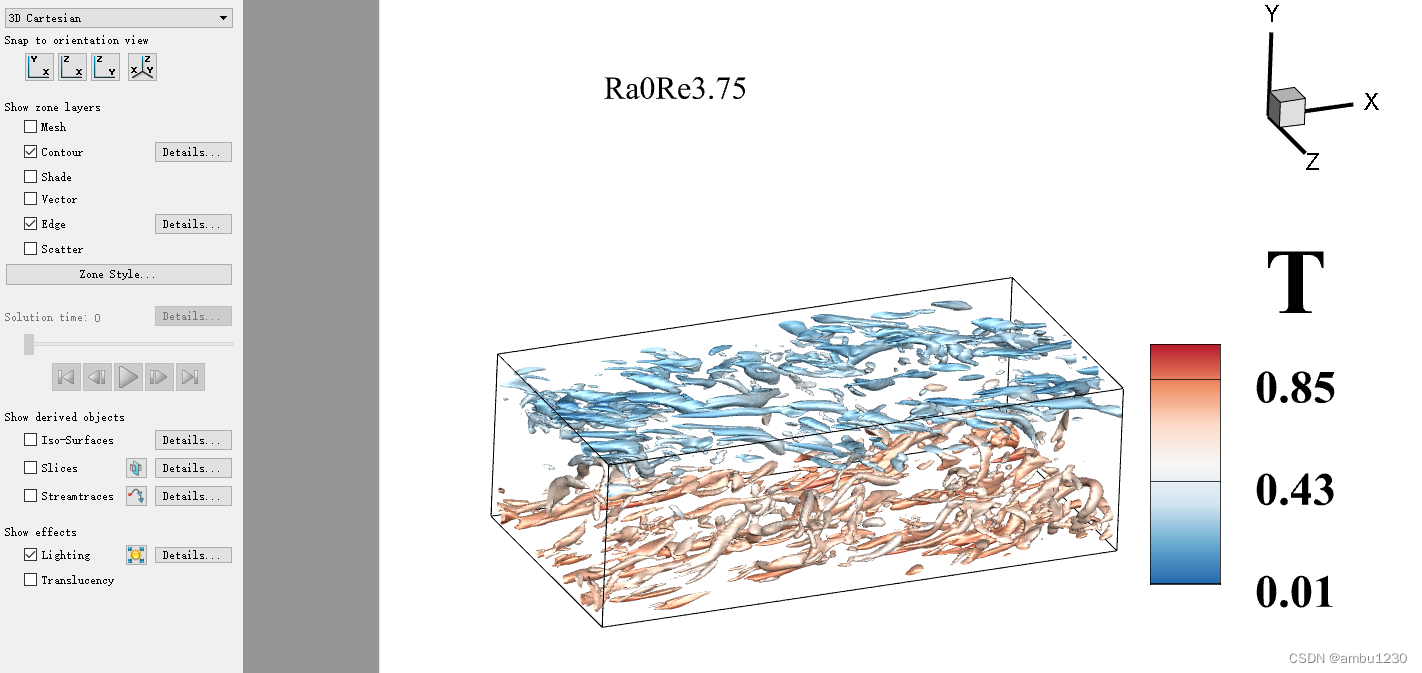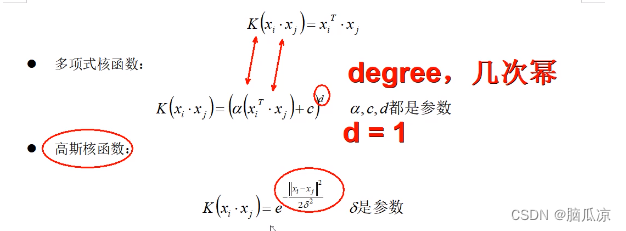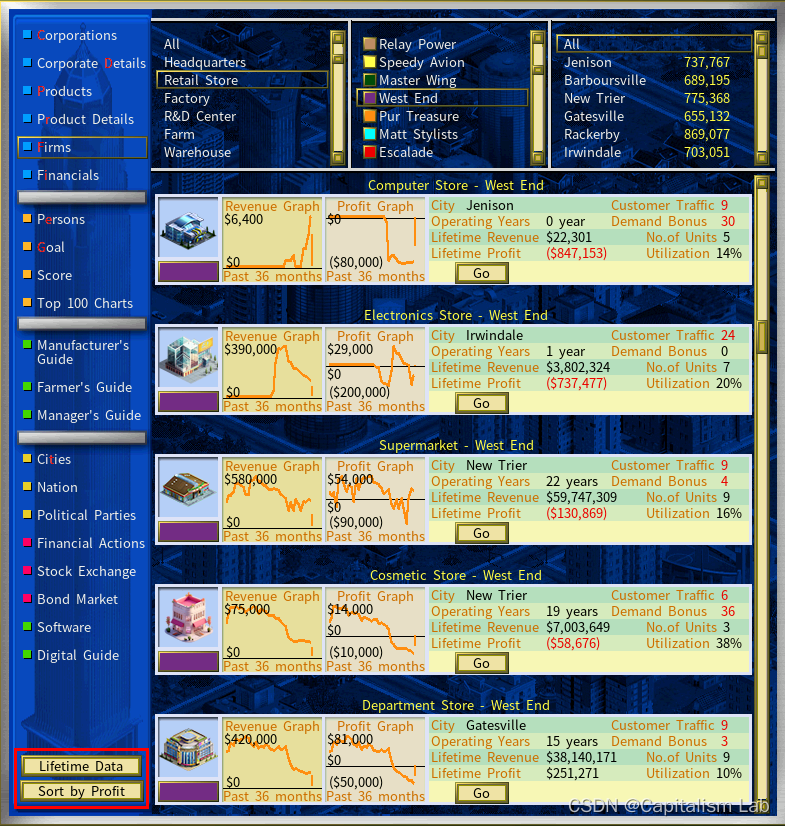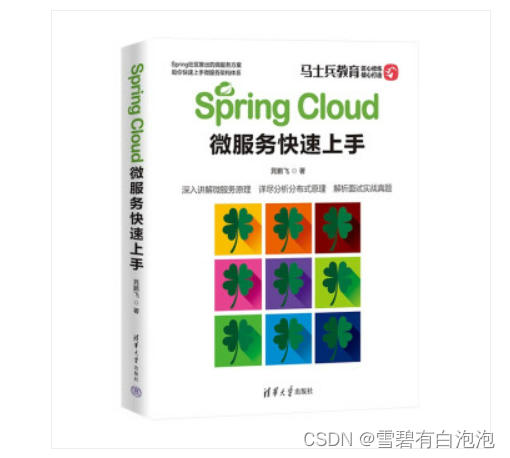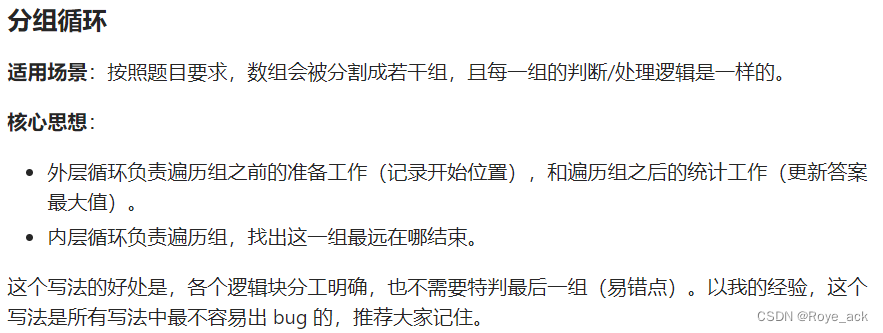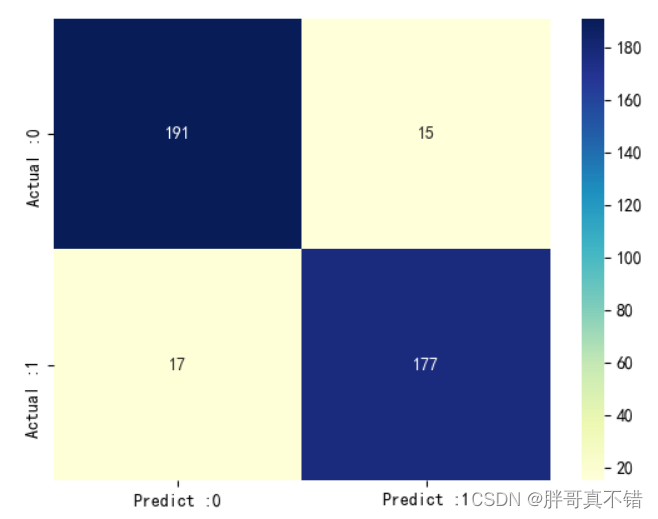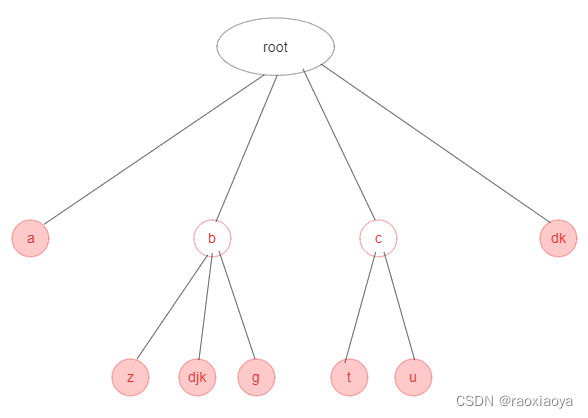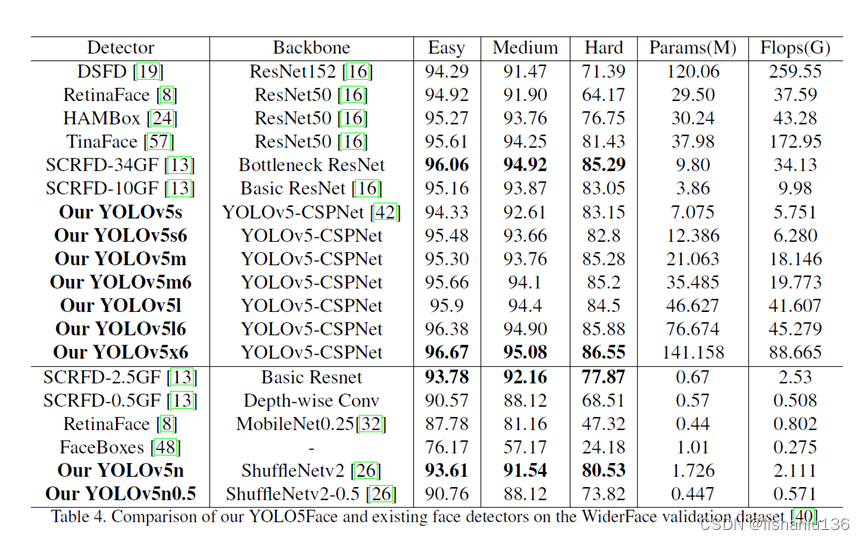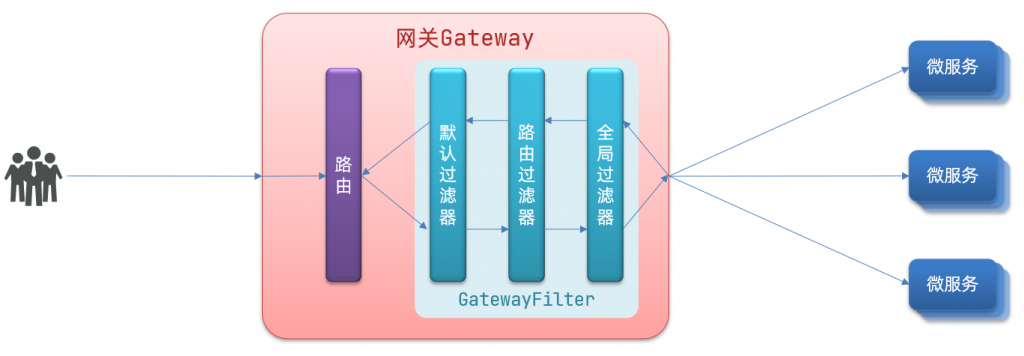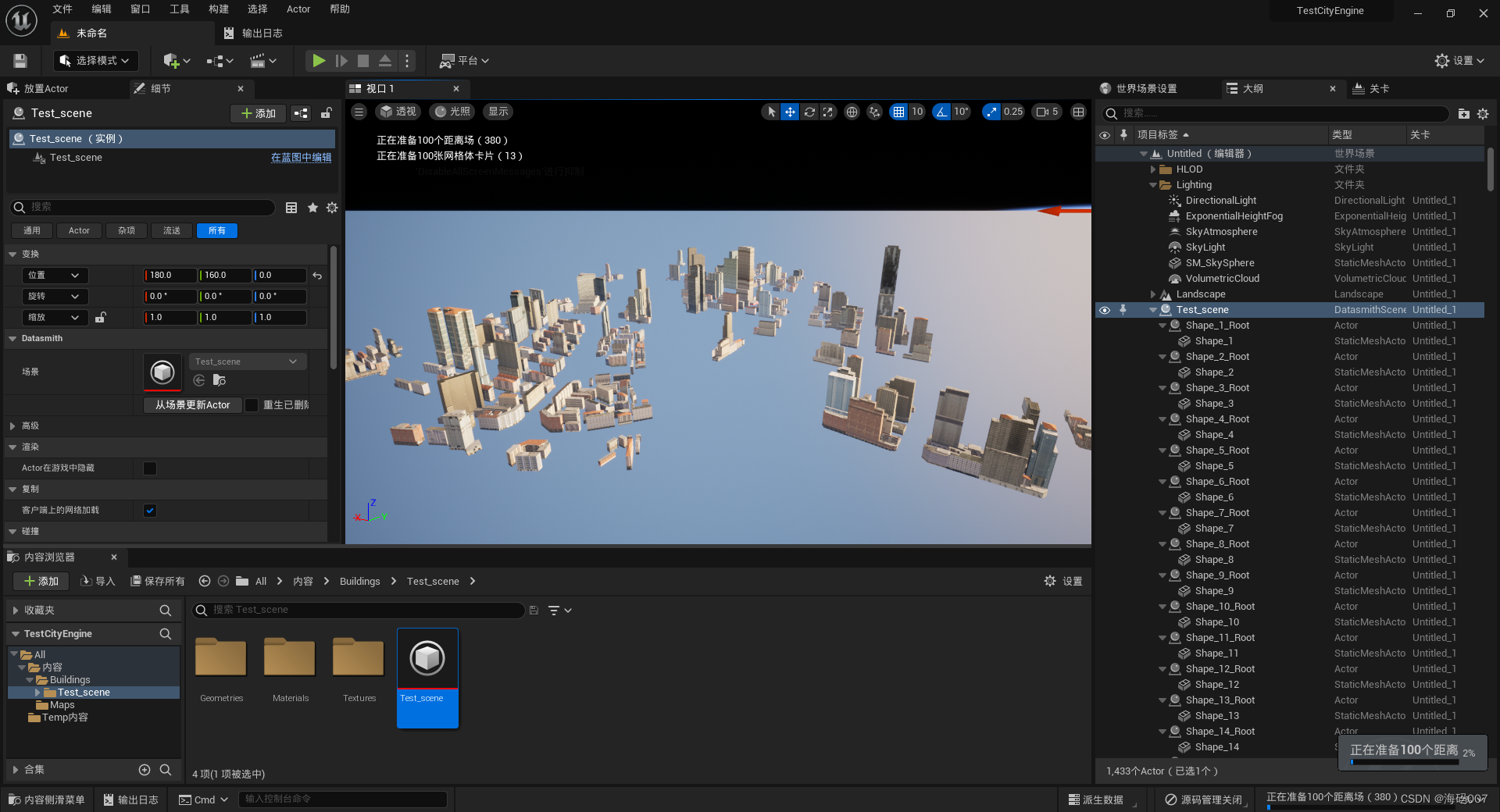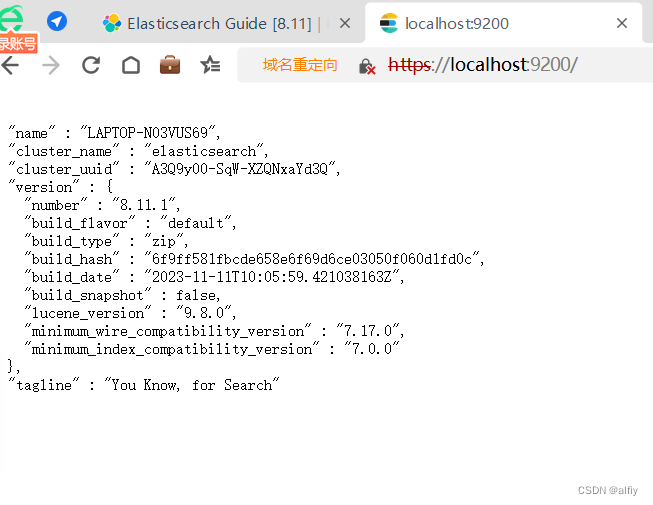一,UICollectionView的简介
UICollectionView是iOS6之后引入的一个新的UI控件,它和UITableView有着诸多的相似之处,其中许多代理方法都十分类似。简单来说,UICollectionView是比UITbleView更加强大的一个UI控件,有如下几个方面:
1.支持水平和垂直两种方向的布局
2.通过layout配置方式进行布局
3.类似于TableView的cell特性外,collectionView中的item大小和位置可以自由定义;
4.通过layout布局回调的代理方法,可以动态的定制每个item的大小和collection的大体布局属性
5.更加强大一点,完全自定义一套layout布局方案,可以实现意想不到的效果。
设置静态的布局
实现一个最简单的九宫格类布局
- (void)viewDidLoad {
[super viewDidLoad];
// Do any additional setup after loading the view.
//创建一个layout布局类
UICollectionViewFlowLayout* flowLayout = [[UICollectionViewFlowLayout alloc] init];
flowLayout.scrollDirection = UICollectionViewScrollDirectionVertical;
//flowLayout.scrollDirection = UICollectionViewScrollDirectionHorizontal;
//flowLayout.itemSize = CGSizeMake((self.view.frame.size.width - 80) / 3, (self.view.frame.size.width - 80) / 3);
//flowLayout.itemSize = CGSizeMake(100, 100 );
//flowLayout.minimumLineSpacing = 20;
//flowLayout.minimumInteritemSpacing = 20;
flowLayout.sectionInset = UIEdgeInsetsMake(20, 20, 20, 20);
//创建collectionView,通过一个布局策略layout来创建
self.collectionView = [[UICollectionView alloc] initWithFrame:self.view.frame collectionViewLayout:flowLayout];
//注册cell
[self.collectionView registerClass:[CollectionViewCell class] forCellWithReuseIdentifier:@"cell"];
//设置代理
self.collectionView.delegate = self;
//设置数据源
self.collectionView.dataSource = self;
[self.view addSubview:self.collectionView];
}
这里有一点需要注意,collectionView在完成代理回调前,必须注册一个cell,类似如下:
//注册cell
[self.collectionView registerClass:[CollectionViewCell class] forCellWithReuseIdentifier:@"cell"];
这和tableView有些类似,又有些不同,因为tableView除了注册cell的方法外,还可以通过非注册的方法,当复用池中没有可用的cell时,可以返回nil,然后重新创建。
//tableView在从复用池中取cell的时候,有如下两种方法
//使用这种方式如果复用池中无,是可以返回nil的,我们在临时创建即可
- (nullable __kindof UITableViewCell *)dequeueReusableCellWithIdentifier:(NSString *)identifier;
//6.0后使用如下的方法直接从注册的cell类获取创建,如果没有注册 会崩溃
- (__kindof UITableViewCell *)dequeueReusableCellWithIdentifier:(NSString *)identifier forIndexPath:(NSIndexPath *)indexPath NS_AVAILABLE_IOS(6_0);
因为UICollectionView是iOS6.0之前的新类,因此这里统一了从复用池中获取cell的方法,没有再提供可以返回nil的方式,并且在UICollectionView的回调代理中,只能使用从复用池中获取cell的方式进行cell的返回,其他方式会崩溃。
- (__kindof UICollectionViewCell *)collectionView:(UICollectionView *)collectionView cellForItemAtIndexPath:(NSIndexPath *)indexPath {
UICollectionViewCell* cell = [collectionView dequeueReusableCellWithReuseIdentifier:@"cell" forIndexPath:indexPath];
cell.backgroundColor = [UIColor colorWithRed:arc4random() % 255 / 255.0 green:arc4random() % 255 / 255.0 blue:arc4random() % 255 / 255.0 alpha:1];
return cell;
}
然后实现其他的代理方法
- (NSInteger)numberOfSectionsInCollectionView:(UICollectionView *)collectionView {
return 1;
}
- (NSInteger)collectionView:(UICollectionView *)collectionView numberOfItemsInSection:(NSInteger)section {
return 9;
}

上面我们写了一个简单九宫格的代码,所有的item都是一样大小的,但是有时候这样满足不了我们的需求,我们有时候可能也需要item不同大小。
在上面代码的基础上,删除控制item的大小的代码,再加入下面几行代码即可实现:
-(CGSize)collectionView:(UICollectionView *)collectionView layout:(UICollectionViewLayout *)collectionViewLayout sizeForItemAtIndexPath:(NSIndexPath *)indexPath{
if (indexPath.row % 2 == 0) {
return CGSizeMake(50, 50);
} else {
return CGSizeMake(80, 80);
}
}

设置动态布局
自定义FlowLayout进行瀑布流布局
首先,我们新建一个文件继承于UICollectionViewFlowLayout:
#import <UIKit/UIKit.h>
NS_ASSUME_NONNULL_BEGIN
@interface MyLayout : UICollectionViewFlowLayout
@property (nonatomic, assign)int itemCount;
@end
NS_ASSUME_NONNULL_END
前面说过,UICollectionViewFlowLayout是一个专门用来管理collectionView布局的类,因此,collectionView在进行UI布局前,会通过这个类的对象获取相关的布局信息,FlowLayout类将这些布局信息全部存放在了一个数组中,数组中是UICollectionViewLayoutAttributes类,这个类是对item布局的具体设置,以后咱们在讨论这个类。总之,**FlowLayout类将每个item的位置等布局信息放在一个数组中,在collectionView布局时,会调用FlowLayout类layoutAttributesForElementsInRect:方法来获取这个布局配置数组。因此,我们需要重写这个方法,返回我们自定义的配置数组,**另外,FlowLayout类在进行布局之前,会调用prepareLayout方法,所以我们可以重写这个方法,在里面对我们的自定义配置数据进行一些设置。
简单来说,自定义一个FlowLayout布局类就是两个步骤:
1、设计好我们的布局配置数据 prepareLayout方法中
2、返回我们的配置数组 layoutAttributesForElementsInRect方法中
#import "MyLayout.h"
@implementation MyLayout {
NSMutableArray* attributeArray;
}
- (void)prepareLayout {
attributeArray = [[NSMutableArray alloc] init];
[super prepareLayout];
float WIDTH = ([UIScreen mainScreen].bounds.size.width - self.sectionInset.left - self.sectionInset.right - self.minimumInteritemSpacing) / 2;
CGFloat colHeight[2] = {self.sectionInset.top, self.sectionInset.bottom};
for(int i = 0; i < self.itemCount; i++) {
NSIndexPath* index = [NSIndexPath indexPathForItem:i inSection:0];
UICollectionViewLayoutAttributes* attributes = [UICollectionViewLayoutAttributes layoutAttributesForCellWithIndexPath:index];
CGFloat height = arc4random() % 150 + 40;
int width = 0;
if (colHeight[0] < colHeight[1]) {
colHeight[0] = colHeight[0] + height + self.minimumLineSpacing;
width = 0;
} else {
colHeight[1] = colHeight[1] + height + self.minimumLineSpacing;
width = 1;
}
attributes.frame = CGRectMake(self.sectionInset.left + (self.minimumInteritemSpacing + WIDTH) * width, colHeight[width] - height - self.minimumLineSpacing, WIDTH, height);
[attributeArray addObject:attributes];
}
if (colHeight[0] > colHeight[1]) {
self.itemSize = CGSizeMake(WIDTH, (colHeight[0] - self.sectionInset.top) * 2 / self.itemCount - self.minimumLineSpacing);
} else {
self.itemSize = CGSizeMake(WIDTH, (colHeight[1] - self.sectionInset.top) * 2 / self.itemCount - self.minimumLineSpacing);
}
}
- (NSArray<__kindof UICollectionViewLayoutAttributes *> *)layoutAttributesForElementsInRect:(CGRect)rect {
return attributeArray;
}
@end
自定义完成FlowLayout后,在View Controller中使用
#import "ViewController.h"
#import "MyLayout.h"
#import "CollectionViewCell.h"
@interface ViewController ()
@end
@implementation ViewController
- (void)viewDidLoad {
[super viewDidLoad];
MyLayout* layout = [[MyLayout alloc] init];
layout.scrollDirection = UICollectionViewScrollDirectionVertical;
layout.itemCount = 100;
UICollectionView* collectView = [[UICollectionView alloc] initWithFrame:self.view.frame collectionViewLayout:layout];
collectView.delegate = self;
collectView.dataSource = self;
[collectView registerClass:[CollectionViewCell class] forCellWithReuseIdentifier:@"cell"];
[self.view addSubview:collectView];
// Do any additional setup after loading the view.
}
- (NSInteger)numberOfSectionsInCollectionView:(UICollectionView *)collectionView {
return 1;
}
- (NSInteger)collectionView:(UICollectionView *)collectionView numberOfItemsInSection:(NSInteger)section {
return 100;
}
- (__kindof UICollectionViewCell *)collectionView:(UICollectionView *)collectionView cellForItemAtIndexPath:(NSIndexPath *)indexPath {
UICollectionViewCell* cell = [collectionView dequeueReusableCellWithReuseIdentifier:@"cell" forIndexPath:indexPath];
cell.backgroundColor = [UIColor colorWithRed:arc4random() % 255 / 255.0 green:arc4random() % 255 / 255.0 blue:arc4random() % 255 / 255.0 alpha:1];
return cell;
}
@end

